This post was originally published in April 2020
and updated as of April 2022.
Today, I’m going to share how to melt crayons in silicone molds! I saw this idea on the internet during a desperate search for things I could do to entertain my kids, and was thrilled since I had everything I needed to make molded crayons and pass some time. What I didn’t expect was how much I would love this activity and how beneficial it would be – there’s some math with the color sorting, fine motor development from removing wrappers and packing the molds, science because you watch the crayons go from solid to liquid to solid, and art when you color with your creations! Keep reading for this simple tutorial!


How to Melt Crayons in Silicone Molds
Step 1: Collect all your broken crayons and have your kids help sort them by color.
Step 2: Remove the wrappers from all the crayon pieces.


Step 3: Place the molds on a cookie sheet and fill them with the crayon pieces. I would recommend using molds that don’t have tiny details (the beaks on our toucans and the tops of our pineapples didn’t survive the process). It’s fun to put like colors together, but it’s also super fun to make swirly rainbow crayons with a variety of colors!


Step 4: Put the molds in the oven at 350 degrees for 10-15 minutes, or until the crayons have liquefied. Note: We have heard of molds melting at this temperature, but have never had that problem. If you are nervous about it, use a lower temperature.
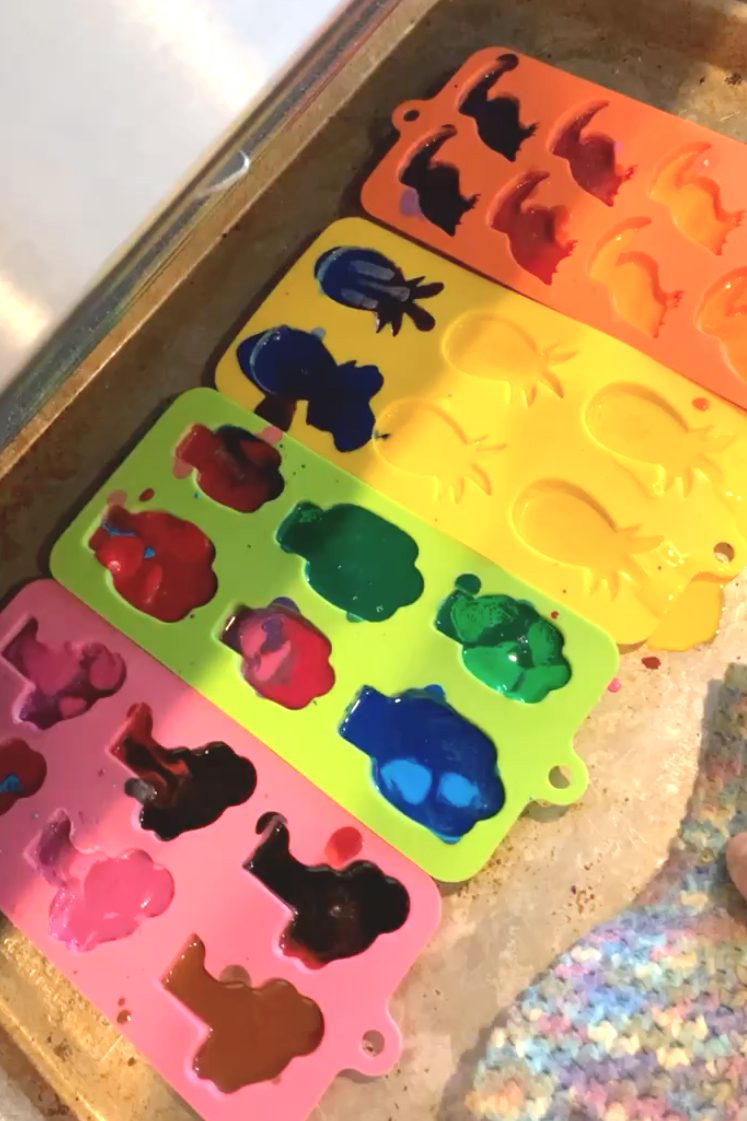

Step 5: Carefully remove the molds from the oven (it can get splashy) and let cool completely. You can put them in the fridge or freezer to speed up the setting process.
Step 6: Remove the crayons from the molds. This is the funnest part – popping them out of the molds is so satisfying!
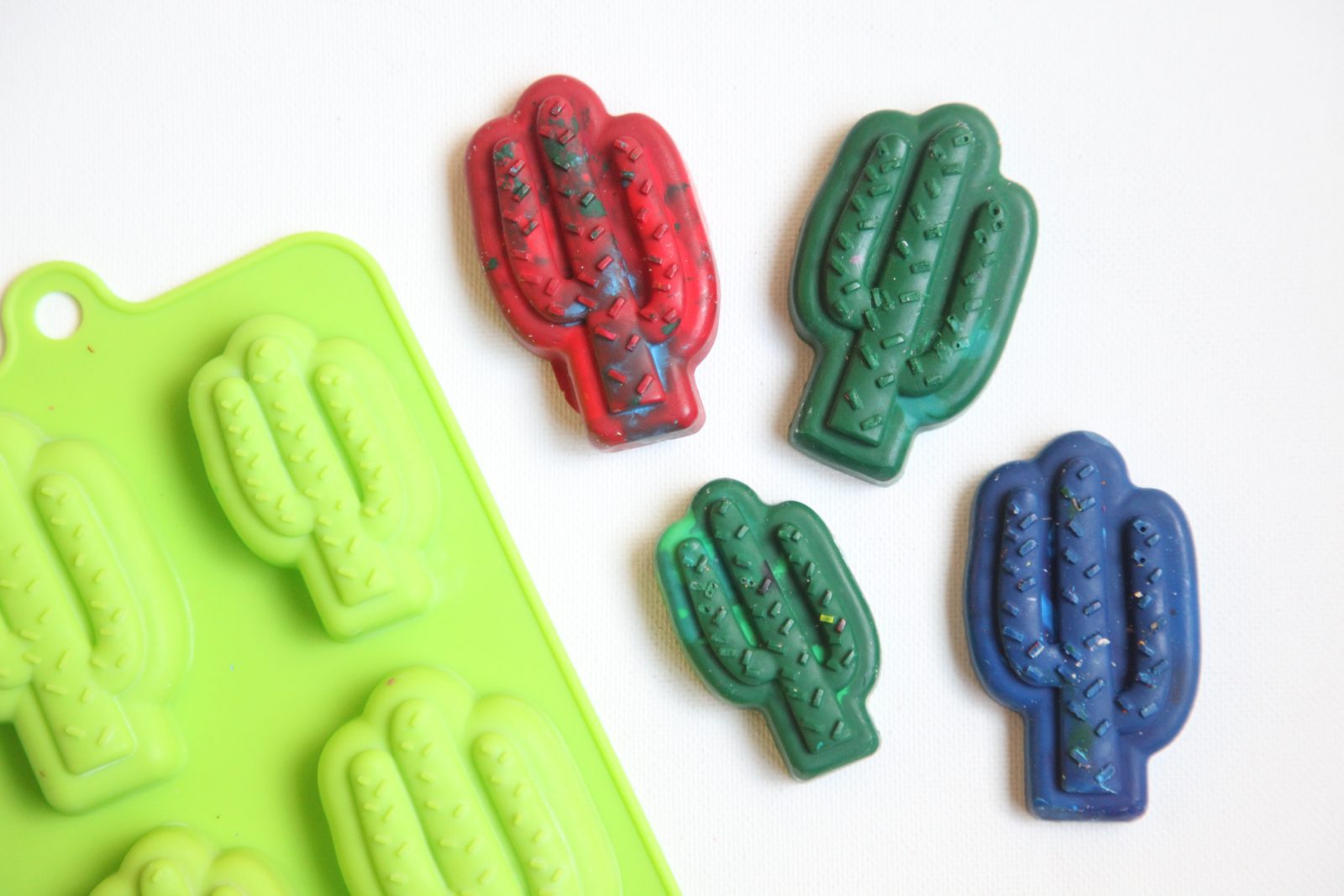



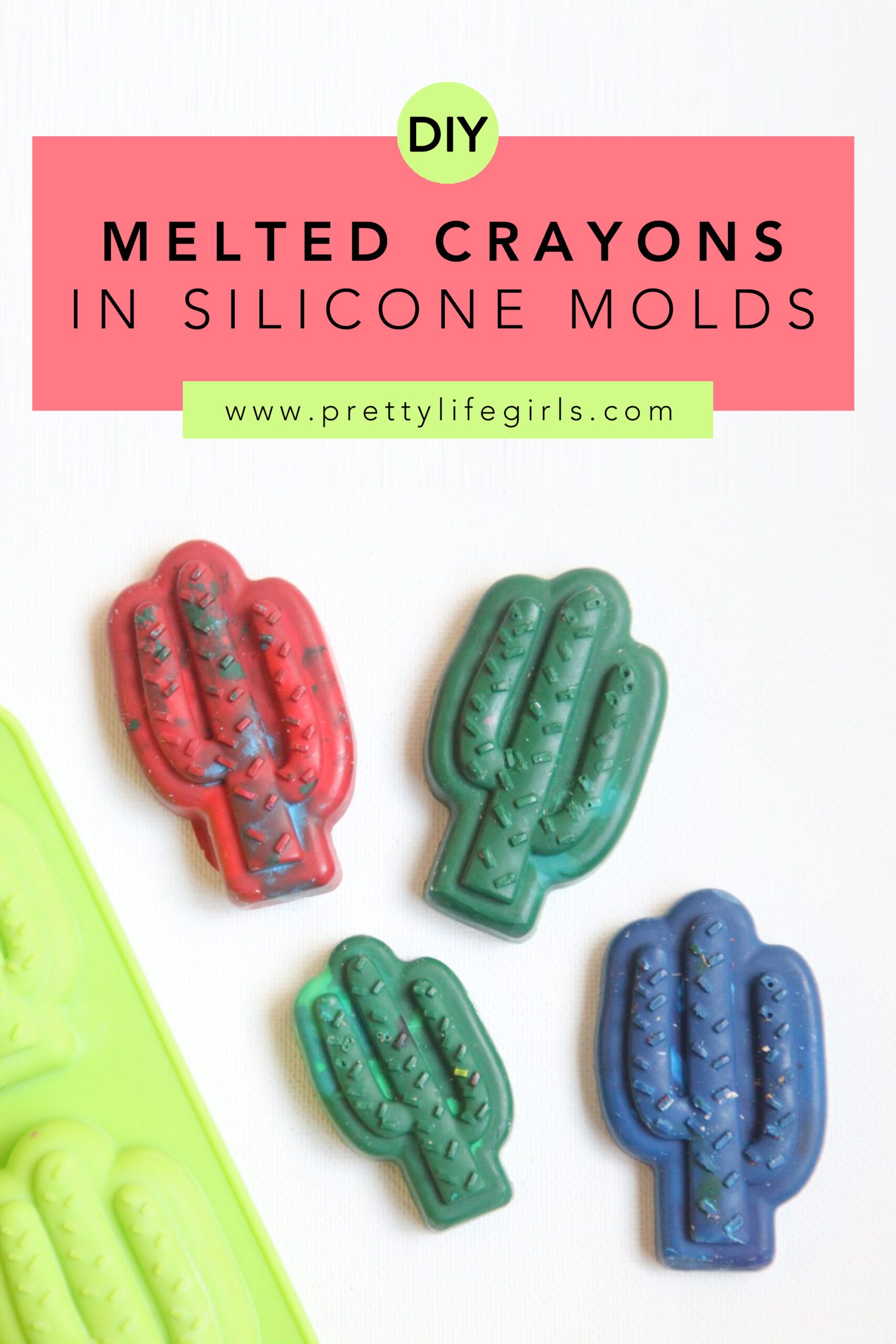

Happy making!
xo, Sam








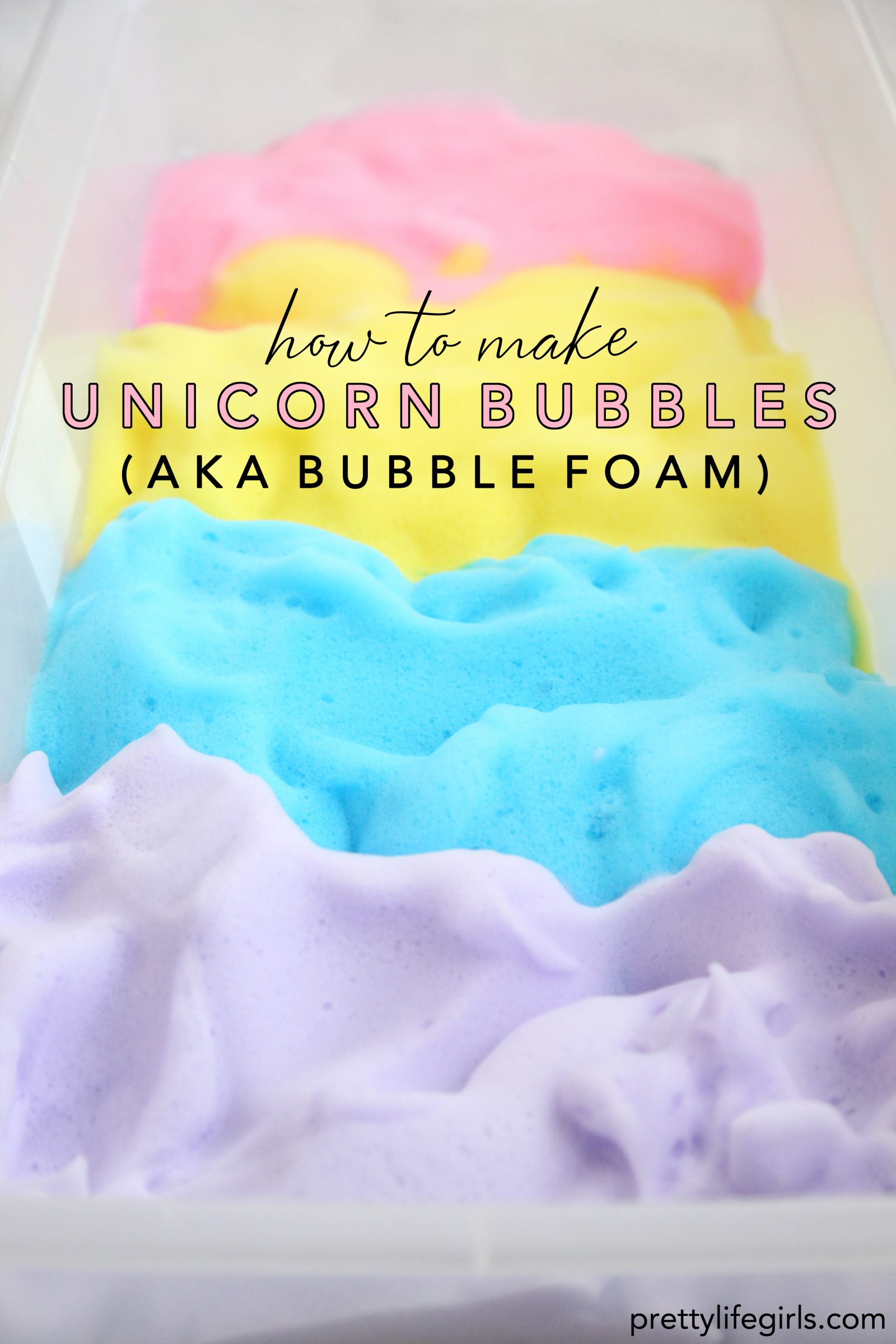
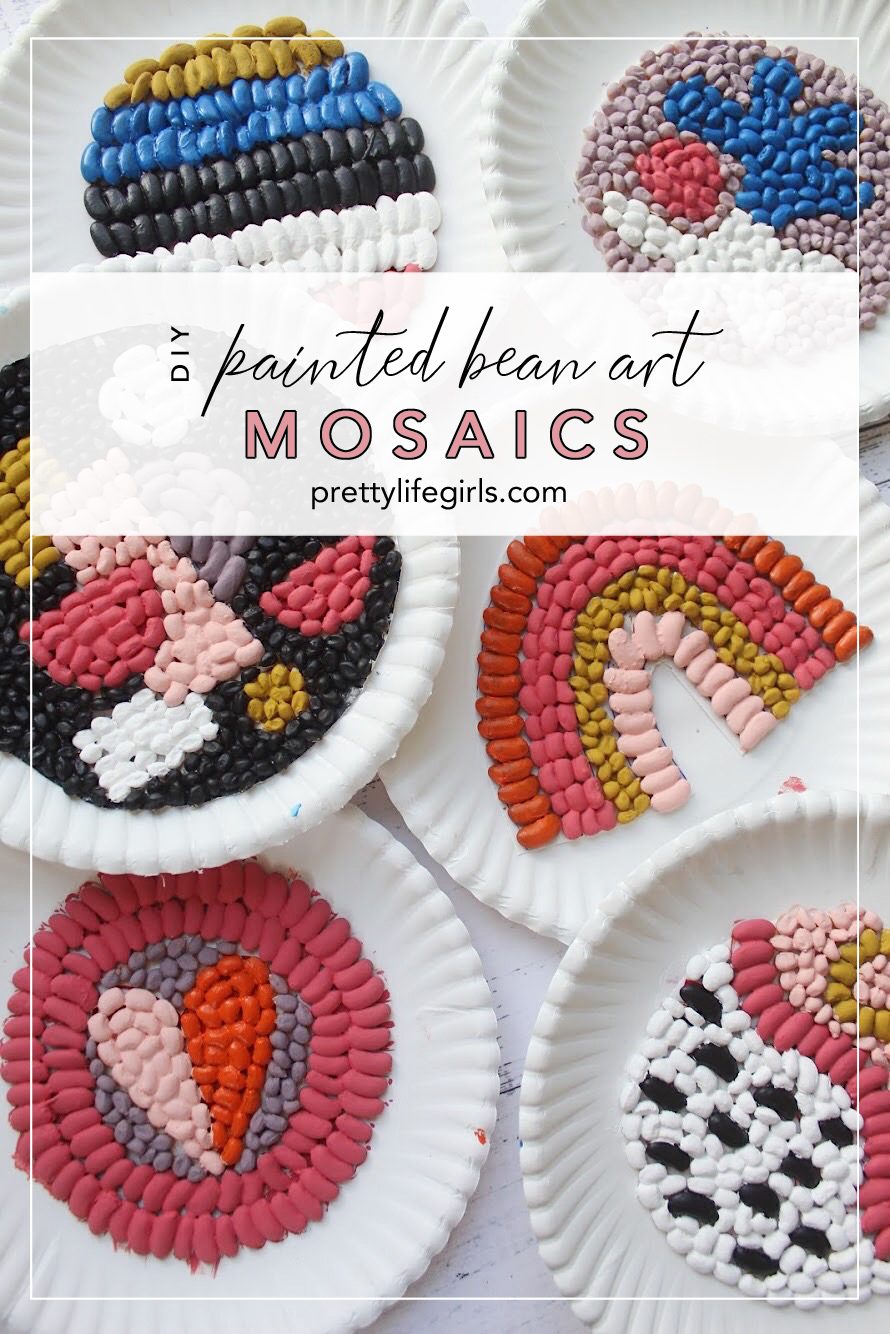



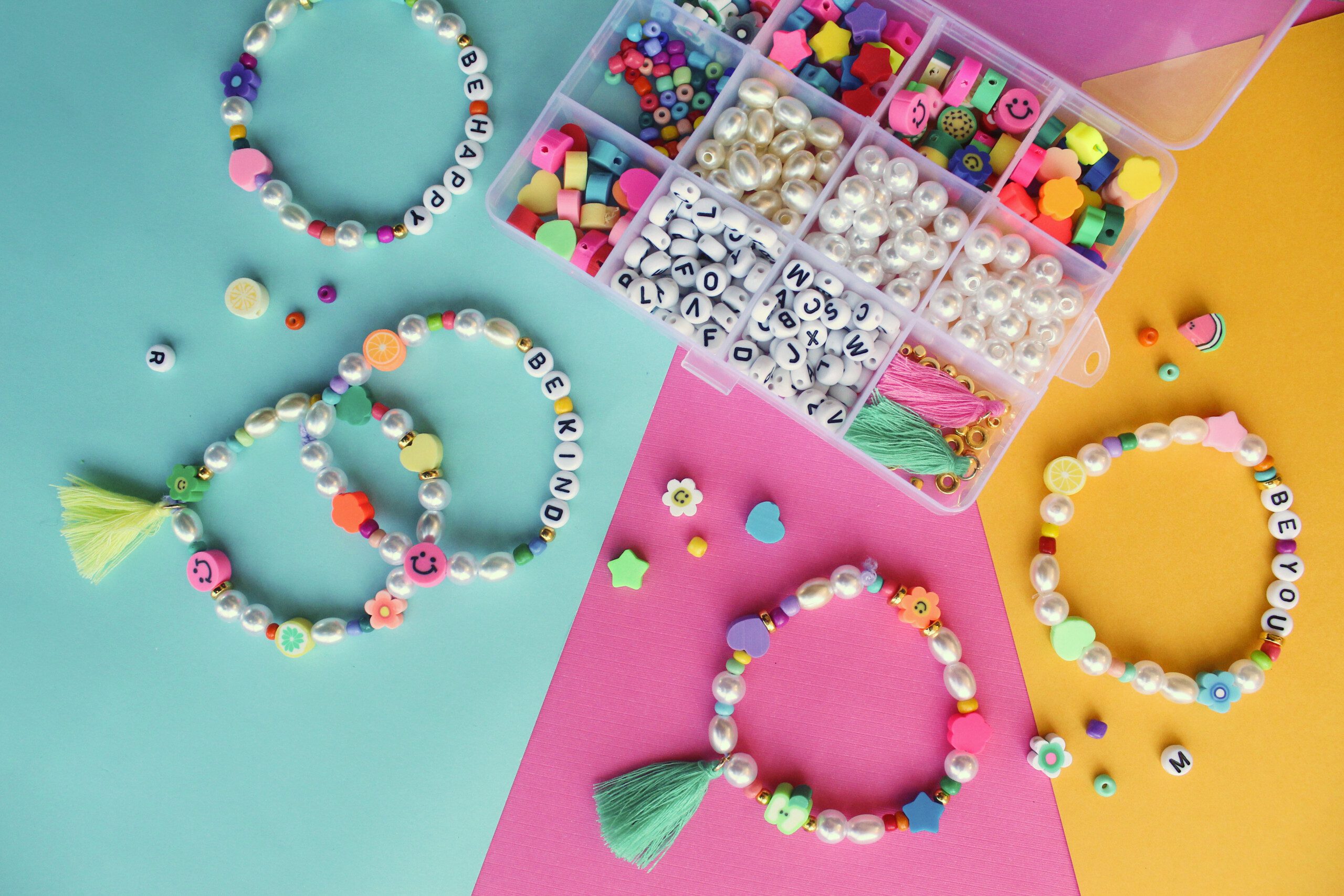
I have made melted crayons in molds a few years ago. I couldn’t remember what temperature so your site was the top on the list. I put them in the oven and it melted my mold. I was so disappointed. I make my students crayon brains when we learn about it in science. I looked at 4 other posts after this disaster and they all had the temps at 200 to 250 degrees. So 350 is much too hot and melts the mold.
Stacy – I’m so sorry to hear that! We’ve never had any problems with molds melting, so maybe your molds are made of a different material! I will add a note to the post.